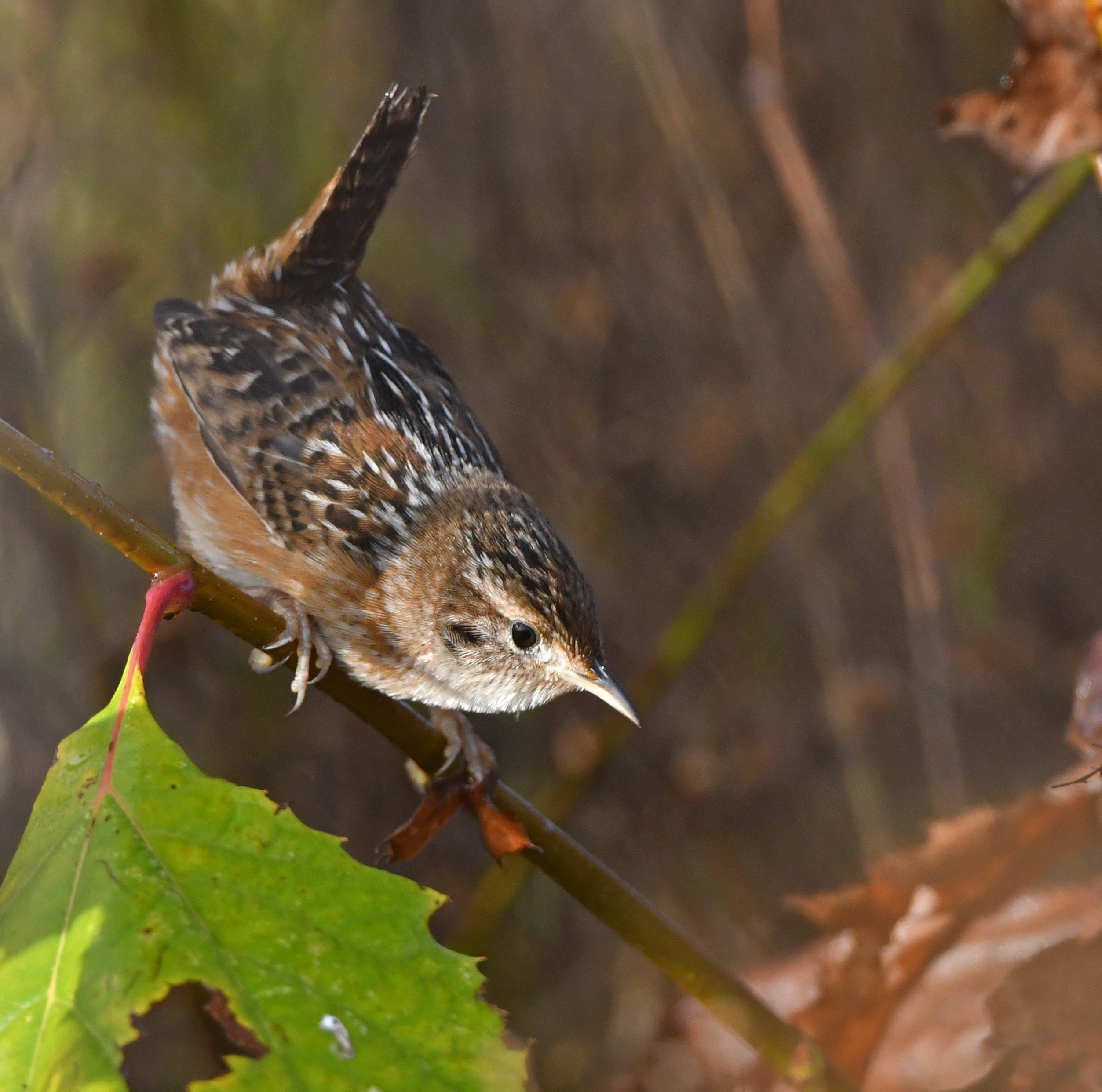
COVID lockdowns spur a new framework for studying human-wildlife interaction

The COVID-19 lockdowns that shut down much of the human world in 2020 were an uncertain and frightening time for many of us, but for BGC PhD student Diego Ellis Soto and former research associate Ruth Oliver (now assistant professor at the University of California Santa Barbara) and their colleagues, the lockdowns also presented a unique opportunity under the most tragic of circumstances: for the first time, ecologists could observe how wildlife reacted to sudden, large-scale changes in human movement across the world.
Research on human-wildlife interactions has so far been mostly constrained to static human information, such as maps of road networks, land use derived from satellite imagery, and human population density from government censuses. But ecologists have long known that the movement of humans on a day-to-day or weekly basis can dramatically impact the behavior, demographics, and distributions of species. In their new paper “A vision for incorporating human mobility in the study of human-wildlife interactions” published in Nature Ecology & Evolution, Ellis Soto, Oliver, and coauthors propose a new framework for uniting newer human mobility data with traditional static products to more comprehensively study human-wildlife interactions.
“In hindsight, it was truly surprising that as an ecologist studying the movement of animals; I had never worked with how the biggest ecosystem engineer on Earth – Homo sapiens – moves!” said Ellis Soto, co-lead author of the paper. “This article came out through the need to better understand the various ways in which humans shape the day-to-day movement of the wild things sharing this crowded planet with us.”
Spurred on by the need to stem the spread of the disease, human mobility data became more available in the wake of the COVID pandemic thanks to efforts in the fields of human geography, computer science, public health, transportation, and the private sector, to name a few. This data can include mobile phone or cellular network tracking, vehicular traffic data, and ship or airplane logs, according to the new paper. Now, Ellis Soto and coauthors are arguing that ecologists need to incorporate this dynamic data into their own research to gain deeper insights into human-wildlife interactions.
“In thinking about how to link the movements of humans and wildlife, it quickly became apparent that getting a clear picture of what humans were up to was far trickier”, said Oliver, co-lead author of the paper.
What kind of insights might those be? One example is understanding how the movement of shipping vessels impacts the movement and foraging behaviors of whales, according to Ellis Soto. Incorporating dynamic human movement data into studies of whale foraging habits has revealed that in some cases, rather than moving for foraging, whales are actually moving to avoid getting hit by boats. This realization, Ellis Soto explained, is only possible through the analysis of fine-scale human mobility data – in this case, hourly or even real-time ship logs. “These kinds of insights cannot be gleaned from annual static data alone, but can be explored only through the union of data types proposed by the new framework,” said Ellis Soto.
While human mobility data is opening up new avenues for ecological research, it also comes with new obstacles – particularly, privacy and data sharing concerns. Phone tracking logs have to be anonymized or aggregated to protect personal information, Ellis Soto explained. While there were previously not many phone tracking datasets publicly available, several companies have made aggregated mobility data accessible to researchers following the COVID pandemic.

One of the central needs addressed by the Dynamic Human Footprint is that of collaboration across disciplines. “We can’t do this alone,” said Ellis Soto about this work. “This is why we combined efforts with human geographers to synthesize and differentiate static human infrastructure, the movements of humans and their vehicles, and our by-products such as light, air pollution and noise.” On the one hand, ecologists need to better understand the availability, limitations, and socioeconomic context of human mobility data, and on the other, human mobility data providers need to ensure their data is useful for research applications. Both parties will have to reach across the boundaries of their disciplines to establish data standards and protocols that ensure long-term sustainability of mobility data.
“I was fortunate to present the Dynamic Human Footprint work at a NASA organized session at the Ecological Society of America and it felt like this research came at a timely manner,” said Ellis Soto, who is currently a NASA FINESST future investigator and was supported by NASA for this work. Ellis Soto and other BGC researchers are currently leveraging the methods and insights of the framework to study responses of birds and mammals across the US to changes in human activities during the 2020 COVID-19 lockdowns.

As much as some people like to imagine wildlife and nature existing apart from the built human world in “pristine” ecosystems, the truth is that a huge and increasing proportion of wildlife is regularly impacted by the movement and actions of humans, whether that be through national park visits or flows of land, sea, and air traffic. As long as researchers fail to account for this human movement in their work, Ellis Soto, Oliver, and colleagues warn that we aren’t getting a full picture of the ecological response to humans, and this blind spot could cripple conservation efforts. The proposed Dynamic Human Footprint is a major effort to better understand not just how wildlife has to share a crowded planet for us, but also to create dynamic conservation management plans and actions.


.jpg)


